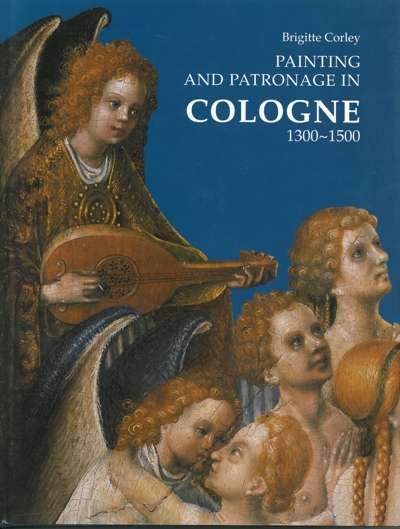
Painting and Patronage in Cologne 1300-1500
Brigitte Corley
- Pages: 300 p.
- Size:220 x 280 mm
- Language(s):English
- Publication Year:2000
- € 60,00 EXCL. VAT RETAIL PRICE
- ISBN: 978-1-872501-51-2
- Hardback
- Available
This book traces the development of the Cologne school of painting over two centuries, beginning with the period before 1400 with its elegant, genteel art, up to the period preceding the Renaissance.
"This is a very scholarly and solid piecee of writing, which will undoubtedly be of use to many students of Northern art. It makes more accessible to English-speaking scholars a wealth of material that will undoubtedly enrich our discussion of fifteenth-century art in particular." (J. Collard in Parergon, p. 166-168).
"This study represents an impressive achievement; and it is a welcome addition to our growing corpus of English-language studies on later medieval German and central European art." (M. Renger in Historians of Netherlandish Art Newsletter, 19.1, 2002)
Cologne in the later Middle Ages was an elegant and wealthy mercantile city much favoured by popes and emperors. The largest town in Northern Europe, the site of an important university and seat of a major archbishopric, it had a cosmopolitan population of painters, illuminators, sculptors and goldsmiths and a patrician class who were sophisticated collectors and knowledgeable patrons of art. This book - the first such study in English - traces the development of the Cologne school of painting over two centuries. It begins with the period before 1400, when the adaption of French ideas to the indige- nous tradition produced an elegant, genteel art, characterized by elongated figures and graceful gestures. A change was heralded by the Veronica Master's introduction of the International Courtly Style around 1400, with its sophisticated iconography, costly pigments, exquisite punchwork, gesso jewels and precious brocade fabrics, and by the Dombild Master's introduction around 1440 of Eyckian proportions and realism. In the final phase of this development, the Master of the St Bartholomew Altarpiece opened the door to the Renaissance with his highly distinctive style and innovative iconography. The book is fully illustrated and accompanied by a translation of the guild regulations; a biographical index of archbishops and lay patrons; and a hand- list of cited panels grouped according to location.




